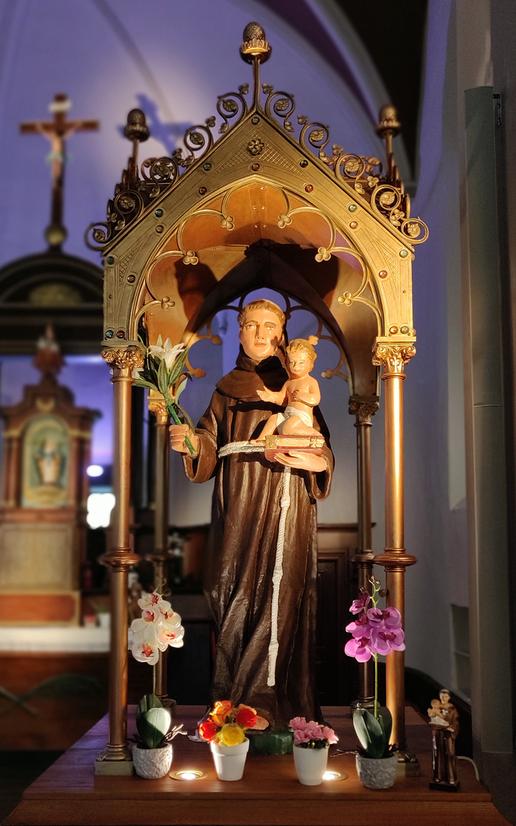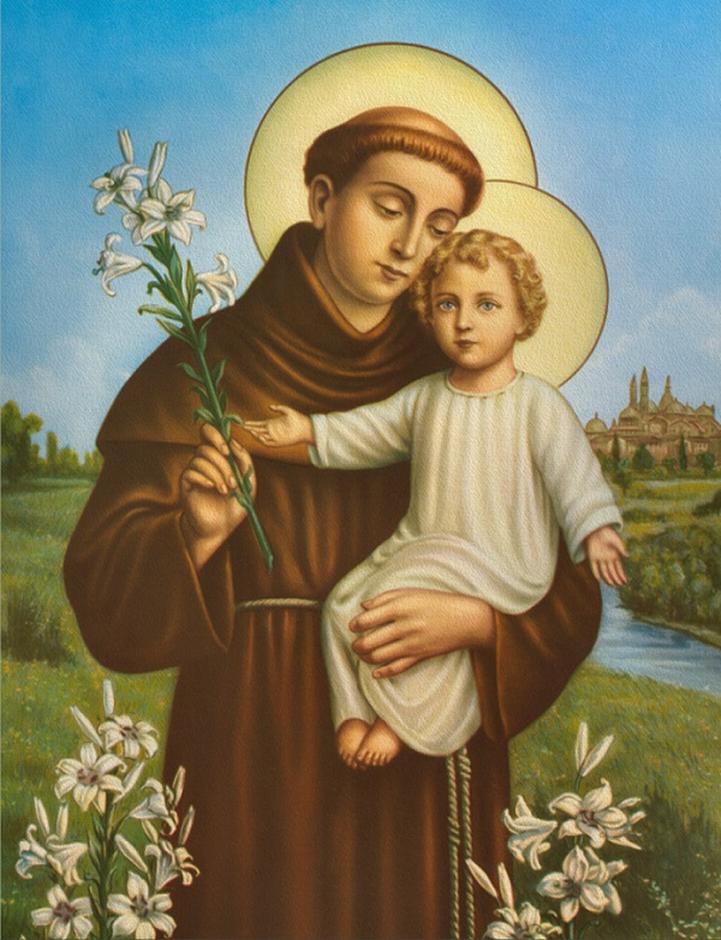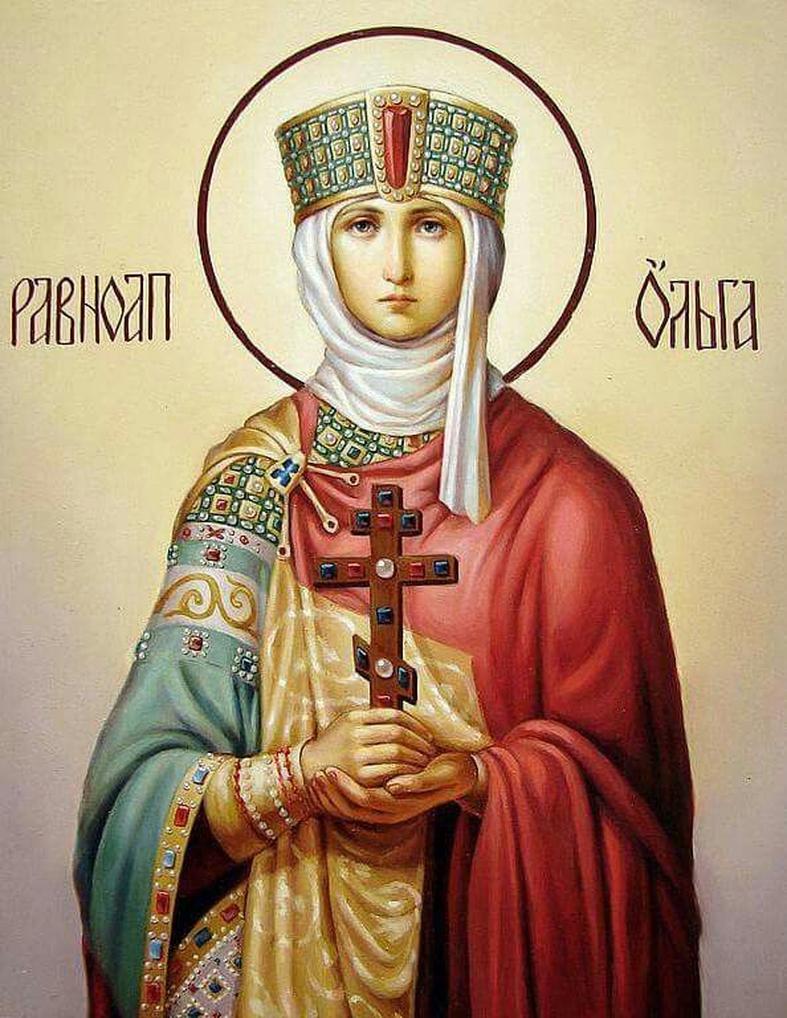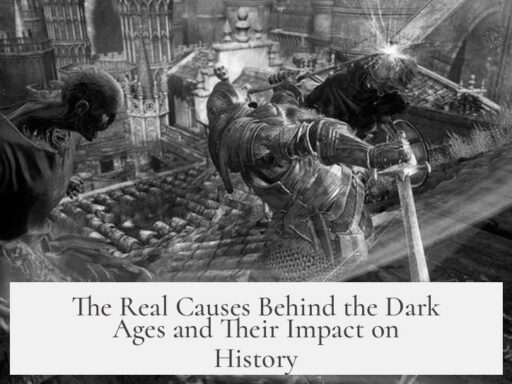Saint Olga of Kiev’s history is marked by fierce vengeance, brutal tactics, and a controversial path to sainthood. Her story unfolds amid political violence and tribal conflict in the 10th century, when she avenged her husband Igor’s murder by the Drevlians. Her retaliation is recorded as exceptionally cruel and strategic, exploiting contemporary biases and social norms.

After Igor, her husband, was killed by the Drevlians—who retaliated due to his excessive taxation—Olga launched a calculated and ruthless campaign. Pretending to be a compliant and grieving widow, she manipulated the Drevlians’ sexist expectations. They fell for her guise and agreed to demands she proposed, which led directly to some of the most barbaric acts in her vengeance.
- Olga imprisoned the initial Drevlian envoys by convincing them to enter the city on a boat, only to have them buried alive in a trench dug overnight.
- She invited another party to a funeral feast outside Drevlian walls, only to slaughter them, cynically observing rituals to create trust and then eliminating enemies.
- Her most infamous act involved burning the Drevlian city of Iskorosten.
This final deed combined cleverness with violence. Olga used a startling tactic involving birds—tying sulfur-tainted cloth to their legs, releasing them to fly back to their nests in the city, setting fire to many homes. This action led to mass destruction and set her apart as an incredibly brutal leader.

Many historical accounts of these events contain legendary or exaggerated elements. Scholars agree that while Olga’s cruelty is likely grounded in truth, some stories may have been embellished or crafted to serve political or religious narratives. The tales emphasize her as a figure of raw power and strategic acumen not expected from a woman in her era.
Despite such violent acts, Olga’s later life saw a major transformation. She traveled to the Byzantine Empire and converted to Christianity. During her baptism, the Byzantine emperor proposed marriage to her. Olga cleverly declined by making him her spiritual father through godparenthood, adhering to Christian canon laws and avoiding marriage.

This conversion laid the groundwork for her sainthood, but it raises questions. How does one reconcile her bloody past with sanctity? Historians note that her sainthood probably reflects her role in spreading Christianity among the East Slavs and stabilizing power in the Kievan Rus, rather than overlooking her violent reprisals.
Olga is honored as the patron saint of widows—an ironic title considering she created many widows through her revenge. Her story inspired modern culture, appearing in podcasts like Our Fake History’s episode #113 and inspiring metal bands such as Gorod’s “Birds of Sulphur.” Television portrayals link her family to figures in “Vikings.” The film “The Northman” hints at her legacy through suggested familial links.

| Aspect | Detail |
|---|---|
| Husband | Igor, a prince known for greedy tribute collection |
| Vengeance Methods | Burying envoys alive, burning city via bird fires |
| Conversion | Christian baptism in Byzantine Empire |
| Sainthood | Recognized for spreading Christianity and political stabilizing |
| Patronage | Widows, due to consequences of her revenge |
Olga’s legacy is paradoxical. She wielded violence with unmatched ruthlessness, using societal prejudices to execute her plans with cunning. Yet, she also embraced a new faith and became a revered religious figure. Evaluating her requires understanding the complexities of her time—where leadership meant brutal decisions and conversion signaled a new era.
Key takeaways:

- Igor’s greed triggered Drevlian rebellion and his death.
- Olga used deceit and cruelty to avenge her husband’s murder.
- Methods included burying enemies alive and burning their city with flaming birds.
- Her conversion to Christianity and dealings with the Byzantine emperor displayed her political shrewdness.
- Despite violent acts, she became the patron saint of widows for her role in the early Christianization of Kievan Rus.
- Her story blends fact and legend, inspiring modern media and scholarship.
The Bloody History of Saint Olga of Kiev: Saint or Ruthless Avenger?
Saint Olga of Kiev’s story is as brutal as it is fascinating. She serves both as a chilling example of ruthless vengeance and an emblematic Christian figure. What’s going on with this widow-turned-saint who didn’t just mourn—she avenged. Hard. If you expect a gentle saintly tale, think again. Olga redefined what it meant to be a woman in power, using every tool at her disposal, even brutality.

Let’s dive deep into her bloody saga and see why her sainthood feels, well, a bit controversial.
Olga’s Brutal Revenge: Playing the Prejudice Card

After her husband, Prince Igor, was murdered by the Drevlians, Olga didn’t collapse into despair. Nope. She uses contemporary gender bias to her advantage. Everyone expected a grieving widow, meek and powerless. Instead, she flipped that script. Pretending to comply with the Drevlian demands, she lures them into tragic traps.
For example, she convinces the initial tribute party to demand Olaf be carried in a boat into the city, feigning obedience. But under cover of night, she orders her men to dig a large trench. The Drevlians—boat and all—get buried alive. Imagine the horror for the victims, and the shock for everyone hearing of this massacre.
Not done yet, she holds a funeral feast right outside their city walls, pretending peace and propriety. But it’s a ruse. She’s heating up her layered vengeance plan.
Burning the City: Birds and Brutality
The twist? Olga was not just brutal but inventive. She doesn’t spare a city simply because it is “her own.” One of her husband’s cities sided against Igor’s rule, and Olga responds with a blaze.
How? Using a clever trick involving birds. She attaches sulfur and kindling to their wings, releasing them over the city, igniting massive fires. This clever tactic showcases her opportunistic ruthlessness—literally burning a city down to make a point.
Her enemies didn’t see it coming, which makes one wonder: did she cross the line from justice into something darker? Or was she ahead of her time in warfare strategy?
Igor’s Greed: Setting the Stage for Murder
Let’s pause and check Igor’s part in all this carnage. He wasn’t just a victim; he pushed his luck and the Drevlians’ patience. Twice he demanded tribute from the tribe—once was apparently enough, but he went back for more as his army still marched home.
Greedy, maybe reckless. The Drevlians saw red, and ended his reign by killing him. Not exactly a sympathetic casualty story.
The Conversion: From Ruthless Widow to Saint Olga
Then comes the twist: Olga converts to Christianity. She visits the Byzantine Empire where the emperor personally falls for her. This is no ordinary missionary visit.
Clever as she is cunning, Olga asks the emperor to be her godfather during her baptism. Once he agrees, she laughs off marriage proposals, saying “I can’t marry my godfather!”
Classic Olga: using wit to navigate even sacred spaces. This conversion seals her status as a saint, but many scratch their heads. Given her bloody retribution and massacres, is sainthood warranted? Historians debate, but the church saw her as the first Christian ruler of Kiev, making her a symbolic figure.
Legacy, Mysteries, and Popular Culture
How do we remember Olga today? Her story inspired modern media and scholarship.
- The TV series Vikings includes her husband Igor as a character connected to her legend.
- YouTube’s Puppet History covers her story with humor and historical insight.
- The “Our Fake History” podcast dives into separating fact from fiction, offering a balanced breakdown of her legend and reality (check it out here).
- And if metal music is your jam, Gorod’s song “Birds of Sulphur” encapsulates her fiery tale with a scorching soundtrack.
- Interestingly, the movie The Northman subtly implies Olga as a daughter of the Norse hero Amleth, tying her to Viking lore.
Saint of Widows Because She Created Many
Olga’s violent acts left a dark imprint: many widows. Ironically, this earned her the title of patron saint of widows. The woman who made widows got a saintly badge for that very reason. Morbid, yet historically true.
But—is All of This True?
Few historians believe all the stories about her vengeance are 100% accurate. Some reckon they’re exaggerated fables, crafted to add drama and legend to an already fierce figure.
One thing is clear though: whether every grisly detail is true or not, Olga’s story broke conventions. A woman who wielded power with brutal intelligence, shaping the course of Kievan Rus’ history and laying groundwork for her grandson’s kingdom, which would later become Russia and Ukraine.
Final Thoughts: Saint? Tyrant? Both?
So, who was Olga? One of history’s most cunning widows, blending brains and brawn in a savage struggle for justice—or vengeance. She wasn’t a passive saint, but a fierce woman who refused to be sidelined.
Can brutal acts be redeemed by conversion? Does sainthood erase past violence? Her story challenges these questions. Olga’s bloody legacy invites us to reconsider what makes a hero—or a saint.
Seen through modern eyes, Olga is not simply a pious woman. She is a complex leader who mixed ruthlessness with faith, making her a unique figure in medieval history.
So next time you hear about Saint Olga of Kiev, remember: behind the halo is a woman who wielded fire and cunning to claim her place in history.
1. How did Saint Olga use prejudice against women to her advantage?
Olga played the role of a meek widow to manipulate the Drevlians. This tactic led them to agree to her plans, which appeared unreasonable but allowed her to strike back effectively.
2. What was Olga’s method for killing the initial Drevlians who came to her?
She trapped them by convincing them to be carried into the city on their boat. At night, her people dug a deep trench and buried the entire group alive—boat and all.
3. Why is Olga’s sainthood considered questionable by some historians?
Despite her brutal and ruthless revenge, she became a saint mainly for converting to Christianity. Some doubt the saint status given the violent ways she achieved her goals.
4. How did Olga cleverly avoid marrying the Byzantine emperor?
After converting to Christianity, she asked the emperor to be her godfather. This made marriage impossible since he became, by religious law, her spiritual father.
5. What led to the death of Olga’s husband, Igor?
Igor was greedy and demanded double tribute from the Drevlians. Provoked by this, they killed him in protest against his repeated demands.
6. In what ways has Saint Olga’s story influenced modern culture?
Her story appears in the “Vikings” TV series, the “Our Fake History” podcast, and even metal music. These varied portrayals explore both myth and history around her legend.




